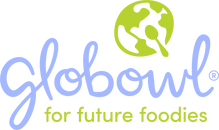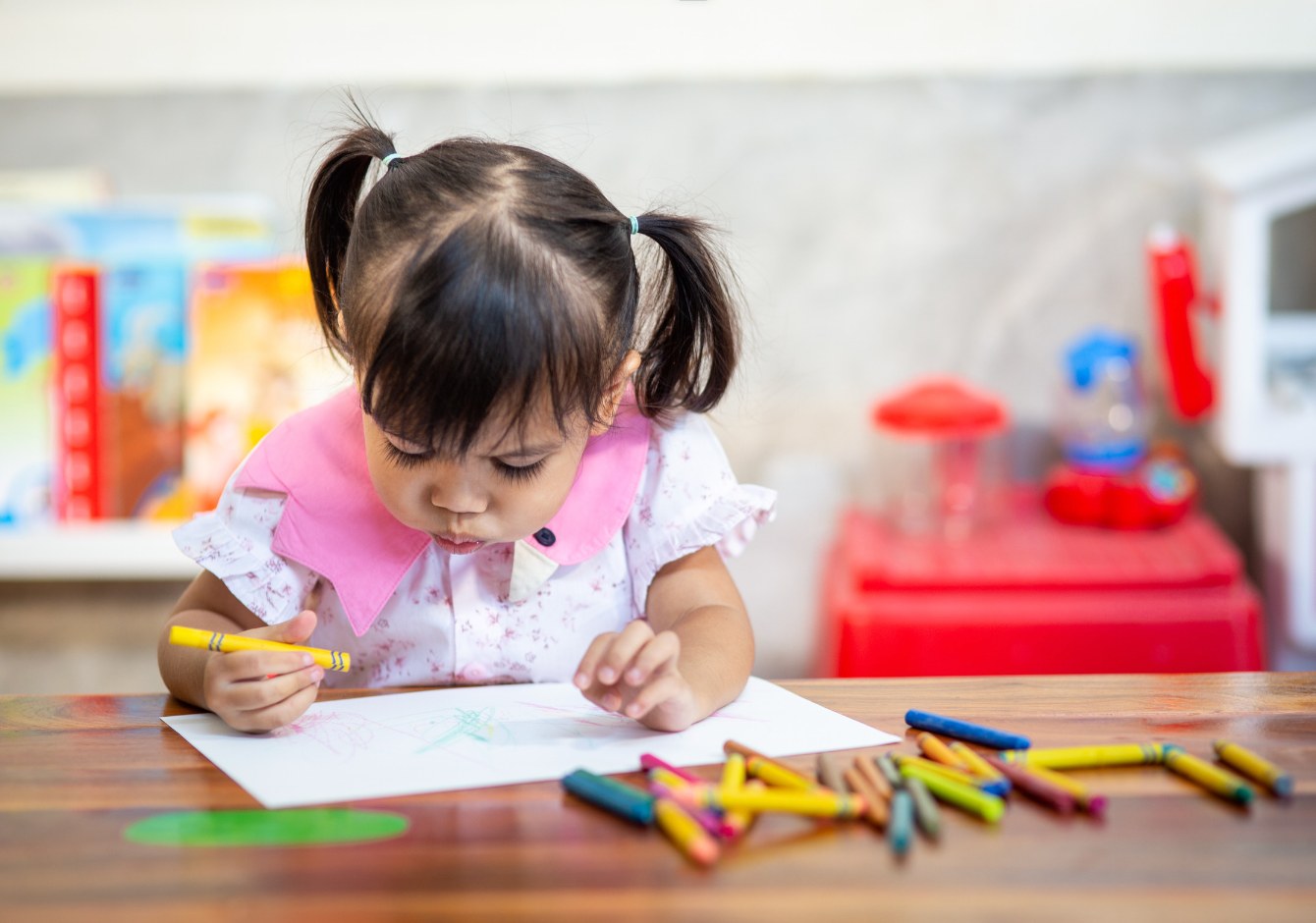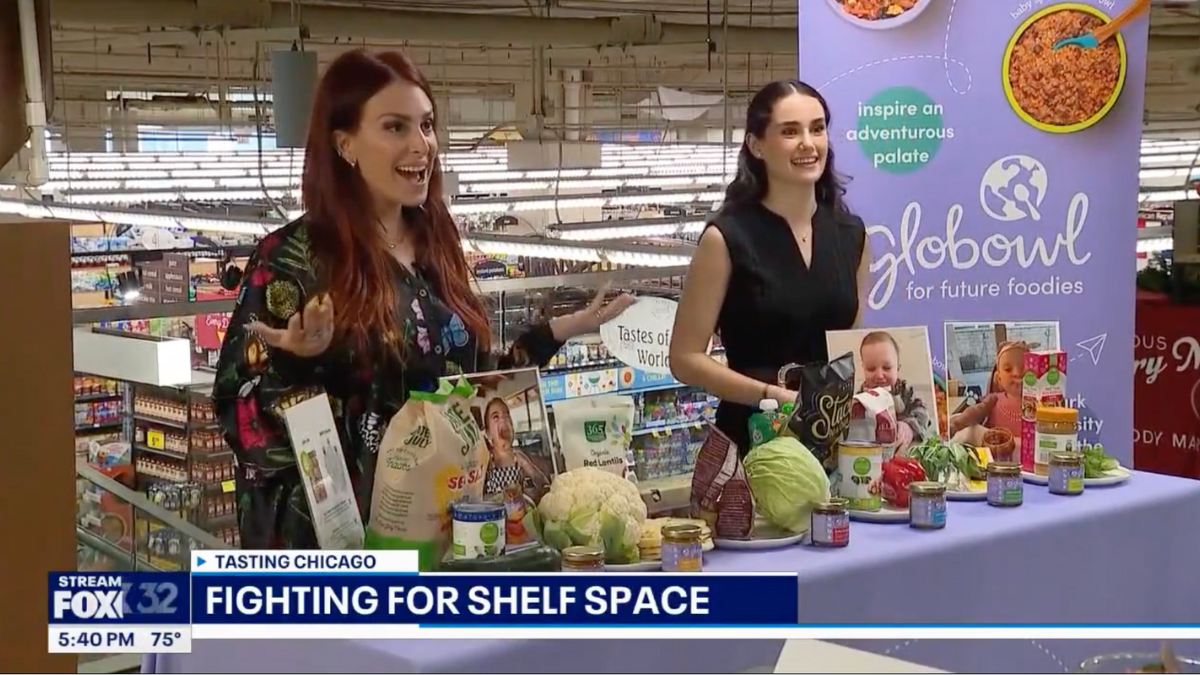As parents, we’re always excited for that NEXT milestone. Not gonna lie, we’re also excited when they are content and contained in their high chair and away from impending trouble. Coloring is an activity that can keep your little one busy while you prepare meals (or have to take a conference call, or throw in that seventh load of laundry for the day).
Coloring is important for little ones for several reasons:
Fine Motor Skills Development: Coloring helps children develop their fine motor skills, as they learn to control their hand movements to stay within the lines and manipulate crayons or colored pencils. This applies to using utensils as well.
Creativity and Self-Expression: Coloring allows children to express themselves creatively by choosing colors and creating their own unique artwork. It encourages them to use their imagination and think outside the box.
Cognitive Development: Coloring can aid in cognitive development by helping children learn about shapes, sizes, and colors. It can also improve their concentration and attention to detail as they focus on completing their coloring tasks.
Emotional Expression: Coloring can be a therapeutic activity for children, allowing them to express their emotions through art. It can serve as a way for them to relax, unwind, and process their feelings.
Preparation for Writing: Engaging in activities like coloring can help prepare children for writing by strengthening their hand muscles and improving their hand-eye coordination.

Overall, coloring is not just a fun pastime for children; it also plays a crucial role in their development and learning process. We’ve prepared some Globowl coloring sheets for your little one so they can learn about Globowl ingredients AND have some fun (print some Globowl-inspired activity sheets at the bottom of this article).
Coloring is a wonderful activity that can be adapted to various developmental stages. Here are age-appropriate ways to engage in coloring:
Ages 8 months - 2-years-old:
- Provide edible and safe materials like yogurt, pudding, mashed fruits and vegetables, etc.
- Let them explore the textures and taste of coloring with foods.
- Introduce baby-safe finger paints.
- Non-toxic watercolor paints (as seen in the activity sheet above, our reusable glass jars make excellent vessels for the water part of watercolor painting!).
Ages 2-3:
- Use large, easy-to-grip crayons and oversized paper.
- This helps improve hand-eye coordination and fine motor skills.
- Introduce stamps and washable ink pads for simple prints.
- This adds variety to their coloring experience.
Ages 4-6:
- Gradually introduce regular-sized crayons and markers.
- Encourage coloring within lines and experimenting with different strokes.
- Provide coloring books with large, simple illustrations.
- Themes like animals, shapes, and basic objects are engaging.
Globowl-inspired activity sheets for toddlers below! Print and enjoy with your burgeoning artist!









